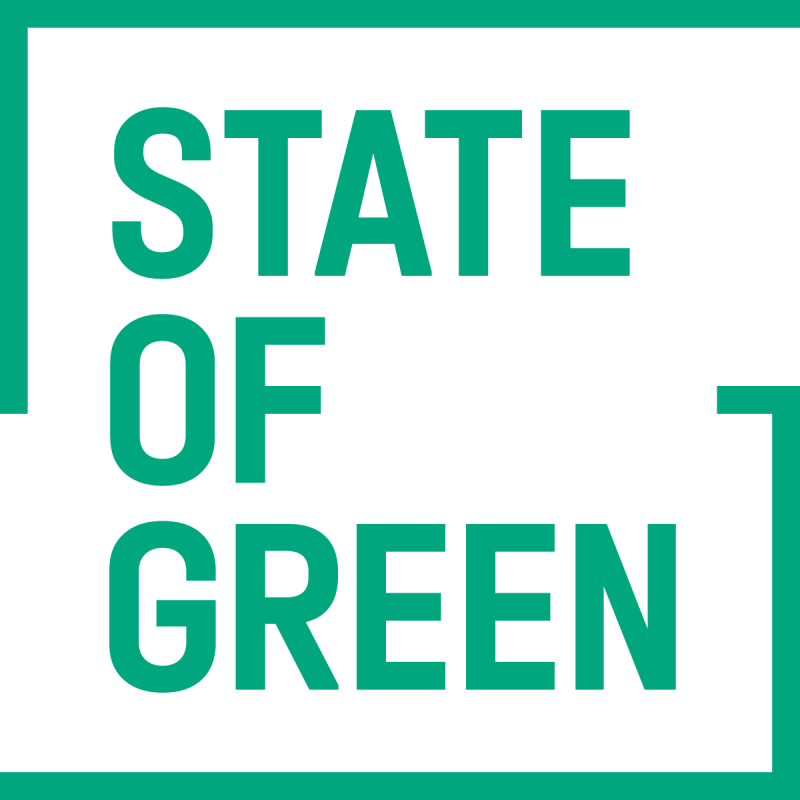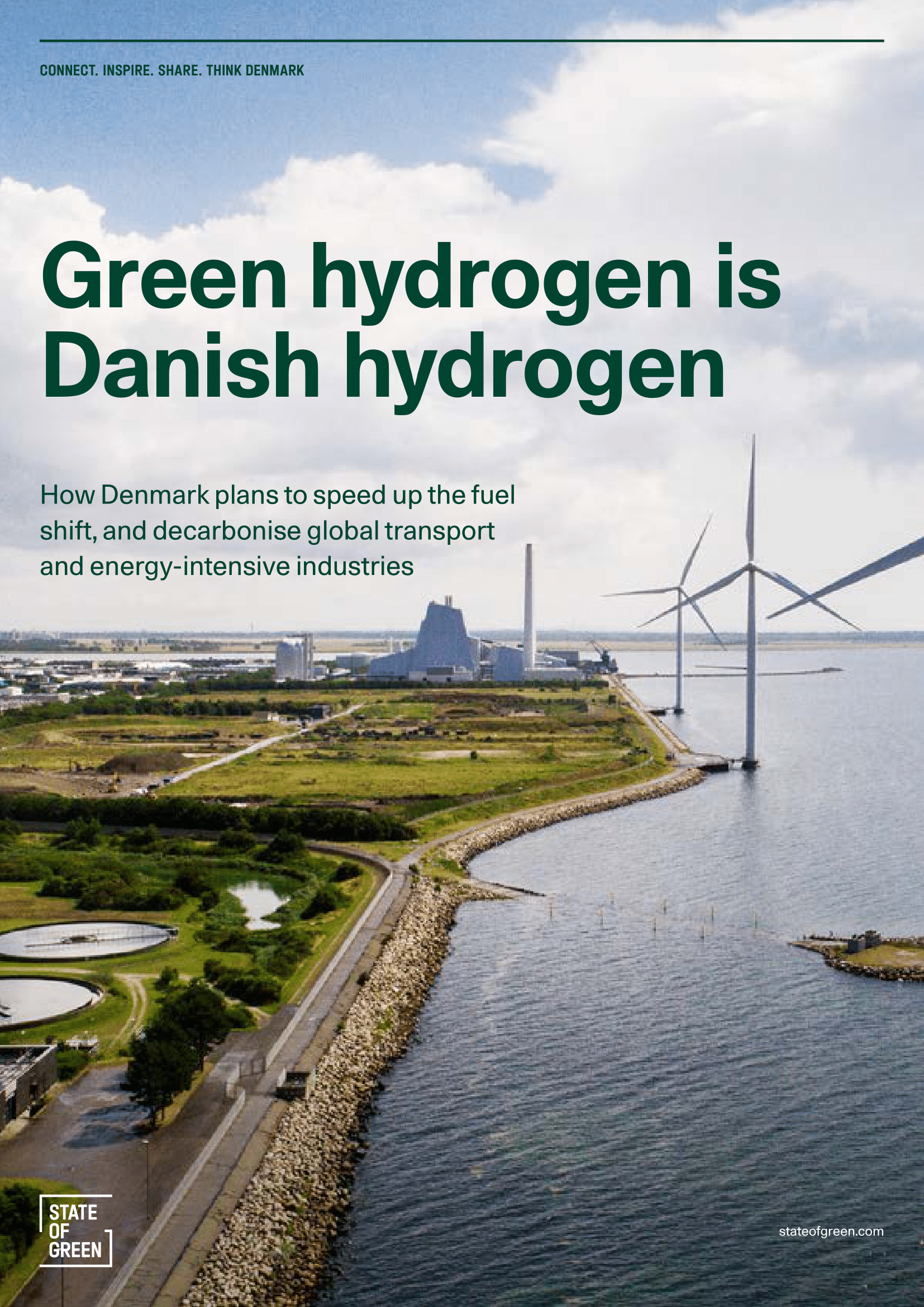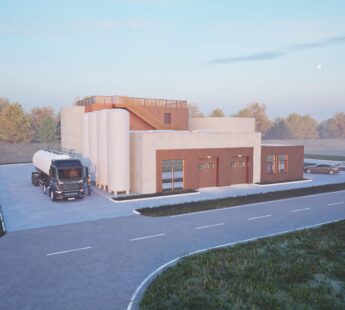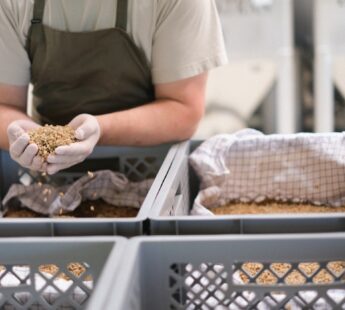Energy carriers for hard-to-abate sectors
Green hydrogen can be converted or synthesised into other energy carriers or hydrogen-based products when refined with either nitrogen for e-ammonia, or carbon dioxide (CO₂) for e-methanol and e-kerosene.
Green ammonia
Green ammonia or e-ammonia is produced by combining green hydrogen with nitrogen captured from the atmosphere in a reactor, resulting in the synthesis of carbon-free ammonia. The production typically takes place through a chemical process known as Haber-Bosch. Green ammonia has various applications, such as a green fuel for shipping and a building block for fertilisers.
Green methanol
Green methanol or e-methanol is made from a combination of hydrogen and CO₂. Methanol offers storage benefits as it does not need cooling or storage under pressure. It is for example easily stored onboard ships. Sustainable Aviation Fuel (SAF) Sustainable Aviation Fuel (SAF) is almost exclusively produced in the form of kerosene. The production of e-kerosene, which requires CO₂ and green hydrogen as feedstocks, generally involves two main paths for converting them into aviation fuel: Fischer-Tropsch (FT) and Methanol (MeOH). E-kerosene is seen as a ‘drop-in ready’ fuel, as it can be blended directly with fossil jet fuel. It can, therefore, be used in the aviation industry without any major overhaul of infrastructure. Green kerosene tends to provide a more scalable source of renewable energy compared to biomass feedstocks used for biofuels.
The utilisation of CO₂
The use of CO₂ in the production of e-fuels addresses both environmental concerns and the demand for green fuels. The CO₂ can be captured directly from the atmosphere, from various industrial sources, such as power plants or as a byproduct in biogas production. It can then be combined with hydrogen. This process is called carbon capture and utilisation (CCU) and contributes to the reduction of greenhouse gas emissions and the transition towards a greener economy.
The demand for fuels and products based on CO₂ is growing across various sectors. In line with the global push for more sustainable solutions, the European Union is implementing regulations that will gradually require the use of biogenic CO₂ over time. This is a resource that Denmark is well-geared to supply due to its large biogas production through the combustion of biomass and waste products.


















